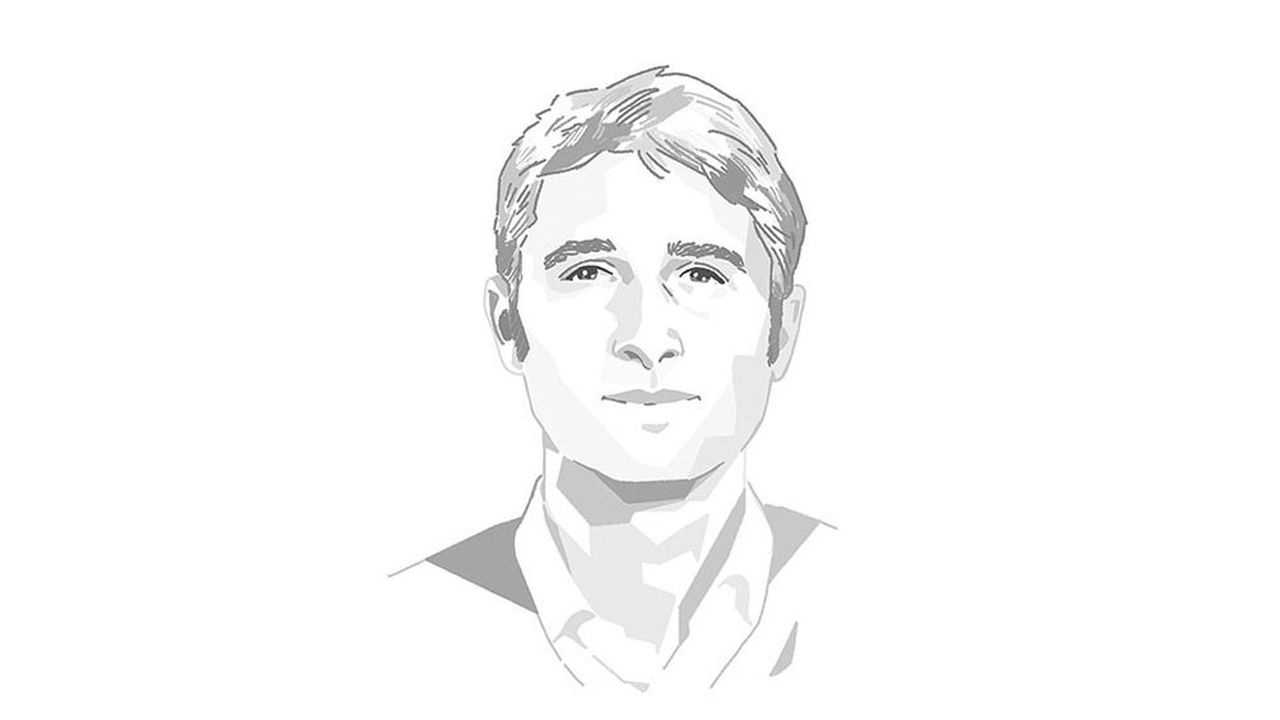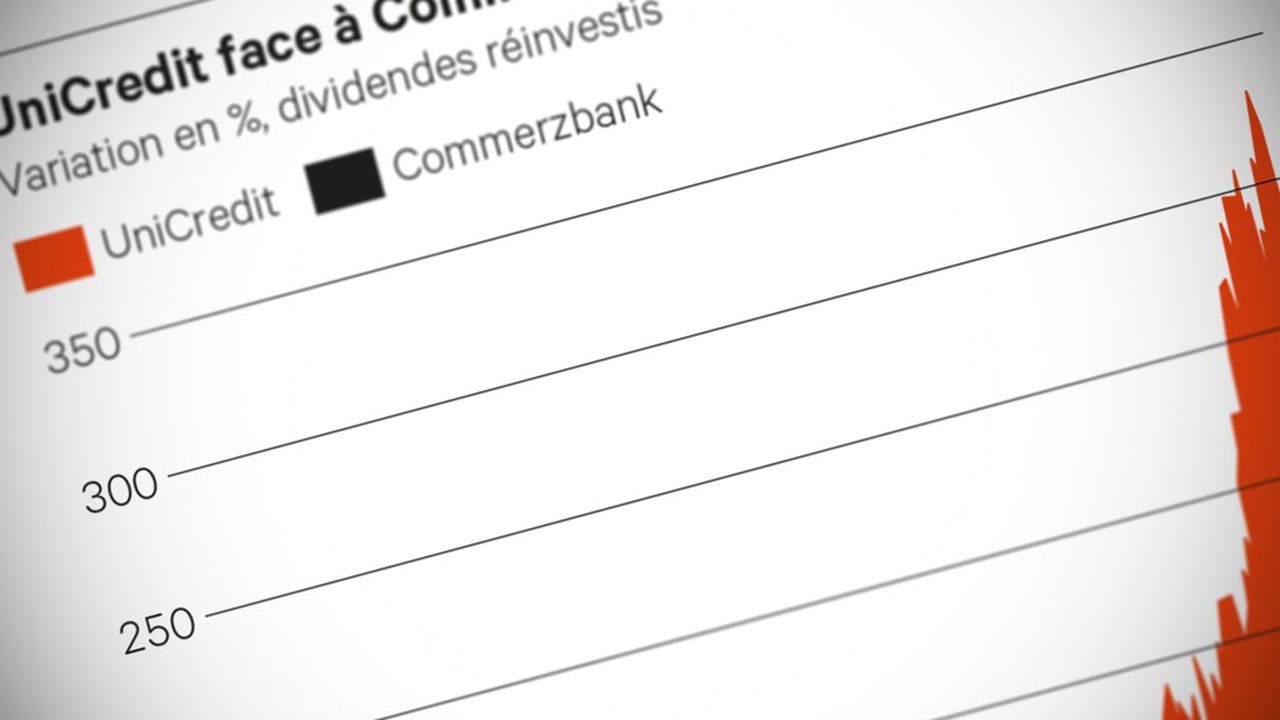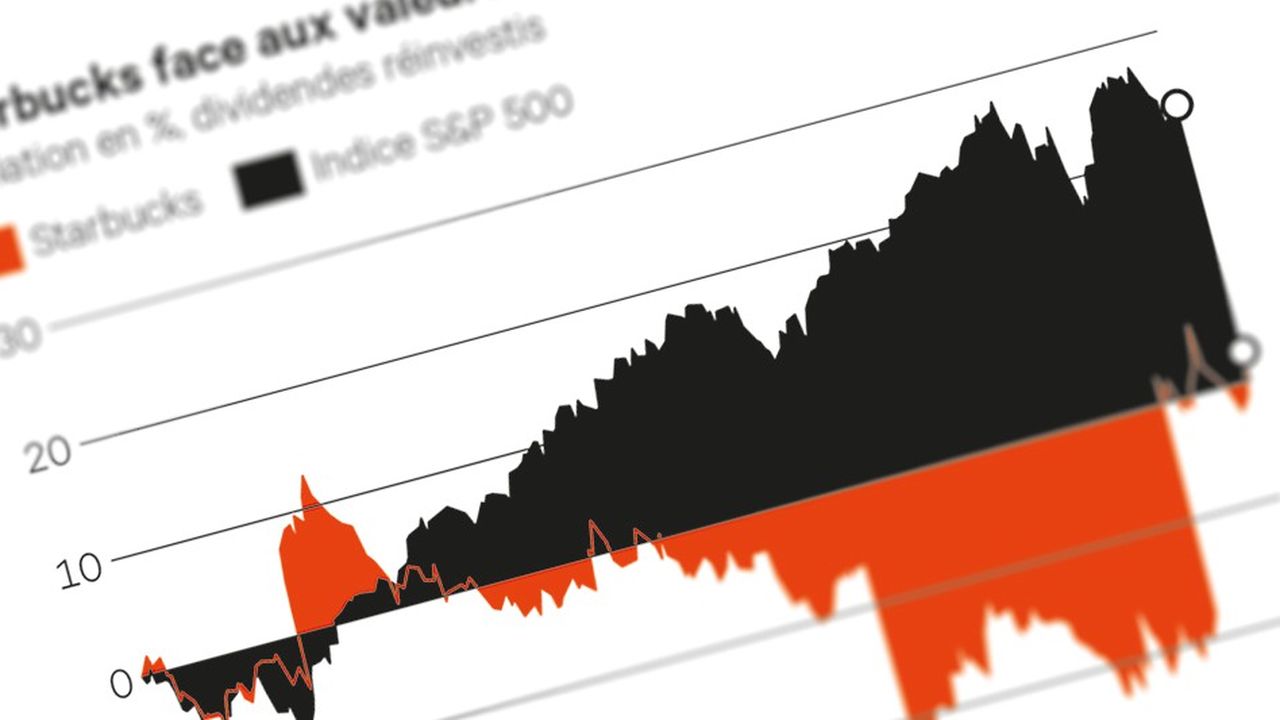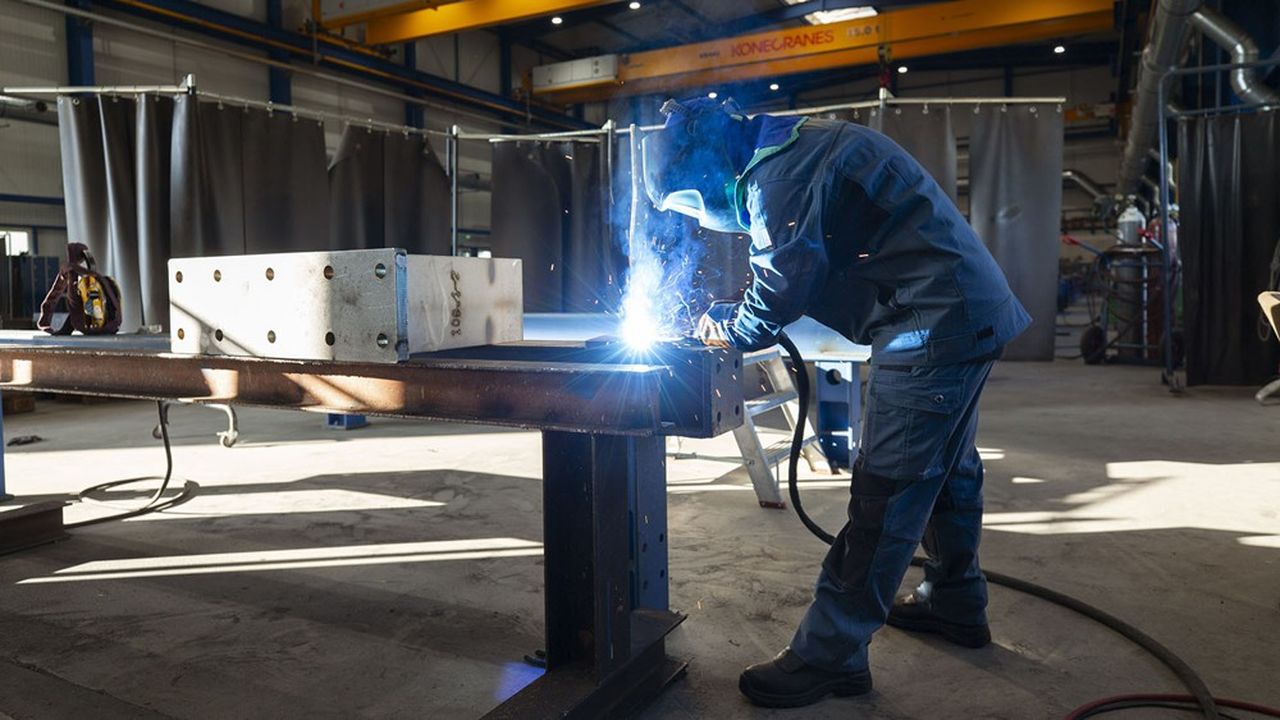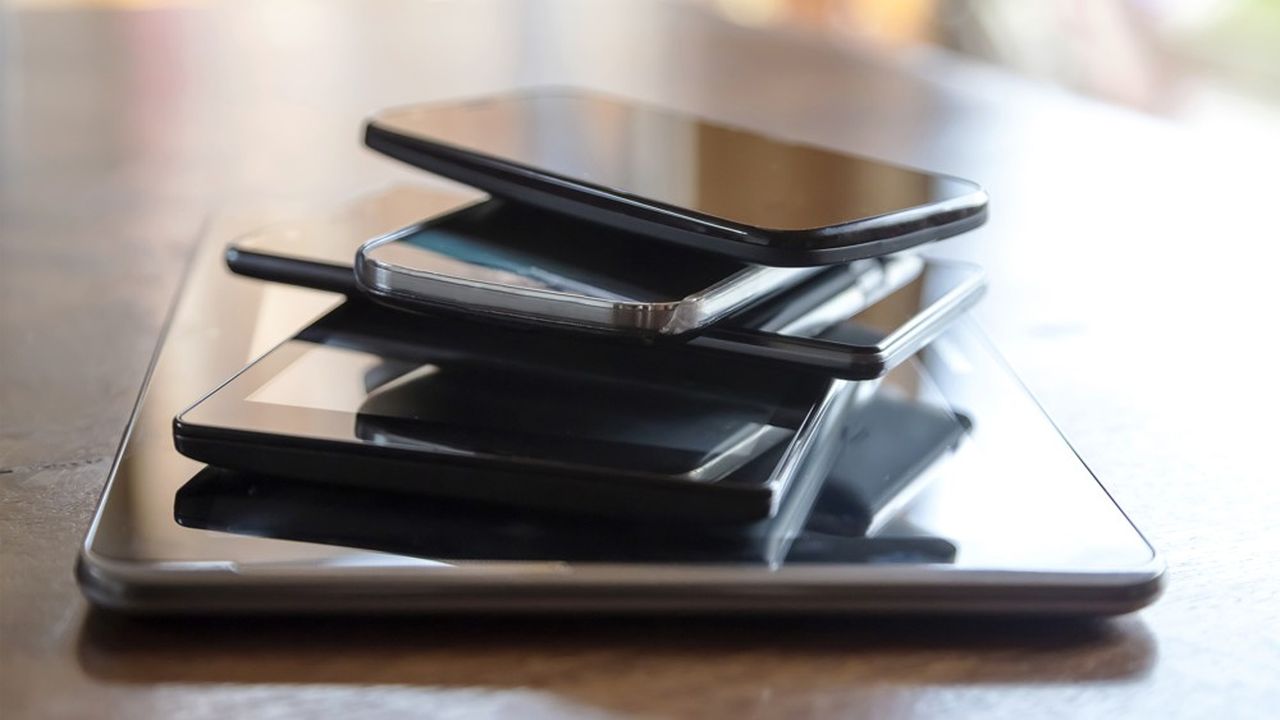
After reaching a historic peak in 2023, inflation in France remains at a relatively high level and reached 2.7% over one year in July. Faced with such a financial constraint, it would be natural to expect to see the consumption habits of the French change massively.
However, in many areas, particularly in electronics and household appliances, consumers are still numerous in favouring high-end products, with technical characteristics that are often oversized compared to their real needs. A paradox that needs to be explained in order to better understand the obstacles to responsible consumption.
The high end in the lead
On online sales sites for electronics and household appliances, the same brands often monopolize the top of the sales rankings. Dyson vacuum cleaners and hair dryers, as well as iPhones and AirPods headphones, are among the best-selling products. Particularly expensive devices whose price is often justified by exceptional technical performance: extremely sophisticated cameras, innovative design, unique features, etc. But do consumers who opt for these technological gems really all need these cutting-edge devices for their daily uses? It is clear that they are very rarely used to their full potential and that they perform functions that less sophisticated and less expensive products could quite easily perform in their place.
If the use of these luxury items has become so systematic, it is not only because of their functional performance but also because of the strength of well-honed marketing strategies. These reference brands have indeed become masters in the art of making an object the sign of belonging to a community and the symbol of personal accomplishment. Consumers who have the financial means to make their acquisition do not do so only out of necessity, they also mobilize them to establish a social status.
A second cause of this paradox lies in the considerable impact of the race for innovation that these leading brands are engaged in. Far from being simple sales arguments, technical innovations are also ways for them to ensure the visibility of their product and gain notoriety. Innovations that no consumer expressed the need for thus become standards for the devices in which they are integrated without constituting a real differentiating element in terms of use. The many brands marketing reliable but less innovative products are relegated to the shadow of these few giants of technology and marketing.
Improve the quality-price ratio
Despite communication campaigns in favor of sobriety and responsible consumption, the systematic renewal of equipment in favor of high-end products remains the norm for a part of the population. However, they would benefit from turning to mid-range brands offering a much better quality-price ratio. Although these suffer from a negative image associated with a short lifespan and poor production conditions, they often use the same subcontractors as the reference brands and can offer products that are just as durable or even less fragile than the most sophisticated products.
While the high-end giants still monopolize all the attention in these markets, more and more consumers are starting to develop a sensitivity to value for money and durability. This is why some mid-range and even entry-level brands are now starting to stand out and benefit from a certain notoriety for the robustness of their products, such as Silvercrest, Lidl’s private label, or the phone manufacturer Xiaomi.
These weak signals could be the precursors of a world where consumers make their choices based on the assessment of their real needs and not on the news of a technology race that only concerns a minority of users. A victory of pragmatism over marketing that would constitute a major step forward for responsible consumption players.
Romain Gavache is Country Manager France for leDénicheur.






